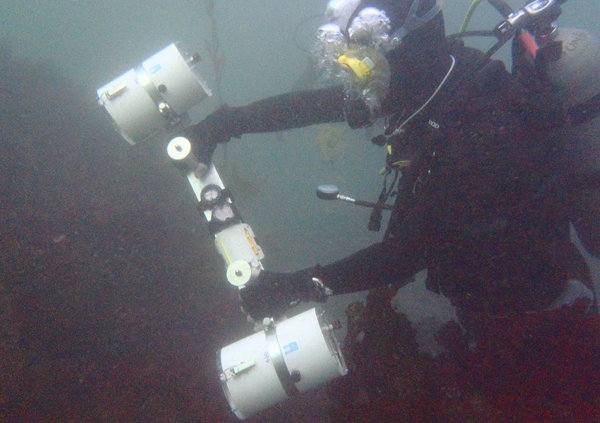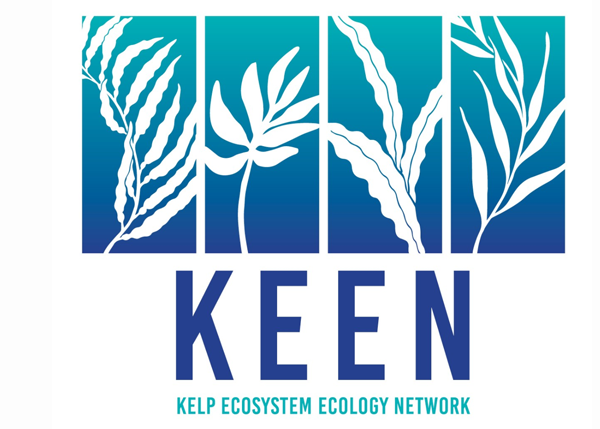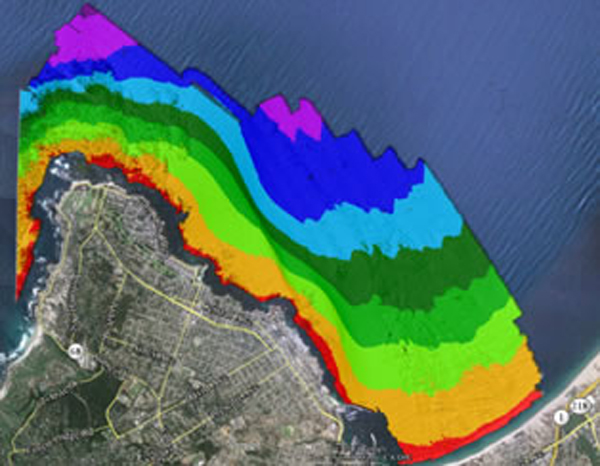Projects
-
Landscape Ecology of Nearshore Biological Communities: Video-base Diver Transects to Spatial Modeling ONGOING
The three-fold goals of this project are to study patterms in the distribution of nearshore marine communities across California, to collect data inside and out of State marine protected areas, and to establish a video archive of imagery for use in future analyses.
-
What is the Probability the Reef-Building Corals Can Adapt to Rising Temperatures by the Year 2100? ONGOING
The answer to the question of whether corals can adapt quickly enough is critically important for evaluating the merit of alternative conservation strategies. Whether the rates of evolution by natural selection will be fast enough for corals to keep up with the rate of current and future environmental change is unknown. Our model provides a valuable tool for assessing the potential effects of genetic or community-level variation in symbiont thermal tolerance on projected rates of mass coral bleaching.
-
Response of Kelp Forest Communities to Disturbance ONGOING
This project proposes to examine the response of kelp forests and associated communities to anthropogenic impacts and disturbances. This project joins a larger global network of kelp forest ecologists: the Kelp Ecosystem Ecology Network (KEEN) to examine the response to disturbance and raising temperatures, by implementing a standardized experimental kelp removal that will be replicated in kelp habitats globally.
-
The Seasonal Dynamics of Sandy Habitat Geomorphology and Epifaunal Associations on the Continental Shelf of Monterey Bay, California
In many areas geomorphology drives species distribution and abundance. On the continental shelf, the sandy plains habitat comprises one of the largest habitats of the north-eastern Pacific and is of great importance to California’s largest commercial fisheries, Dungeness crab and market squid. This research will investigate how structural changes of the seafloor of the continental shelf (15-160 m depth) impact the biological habitat.




